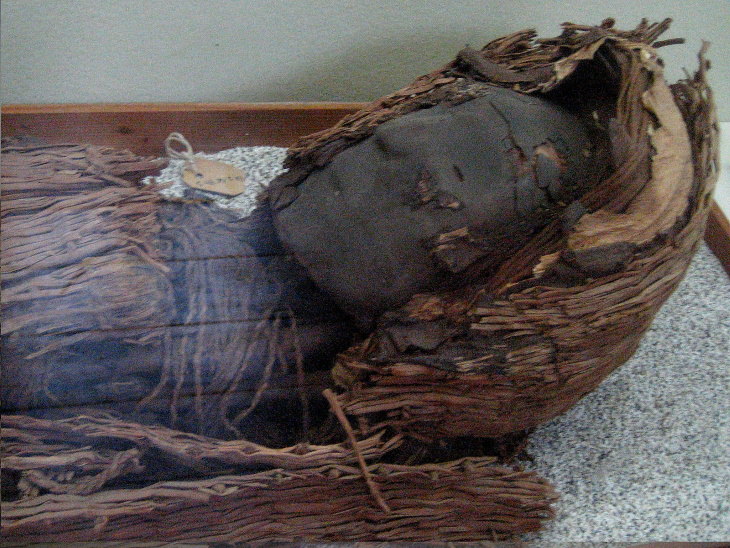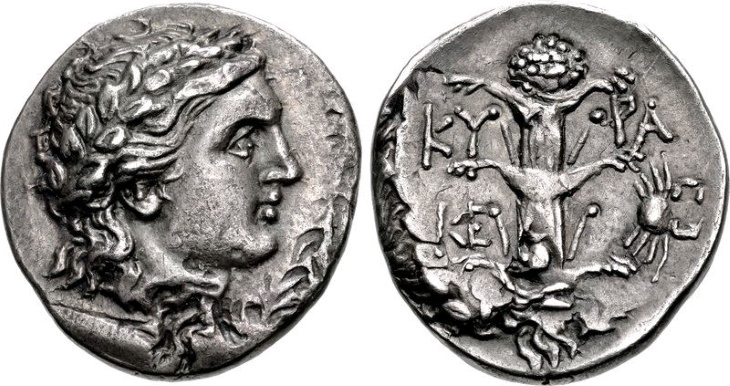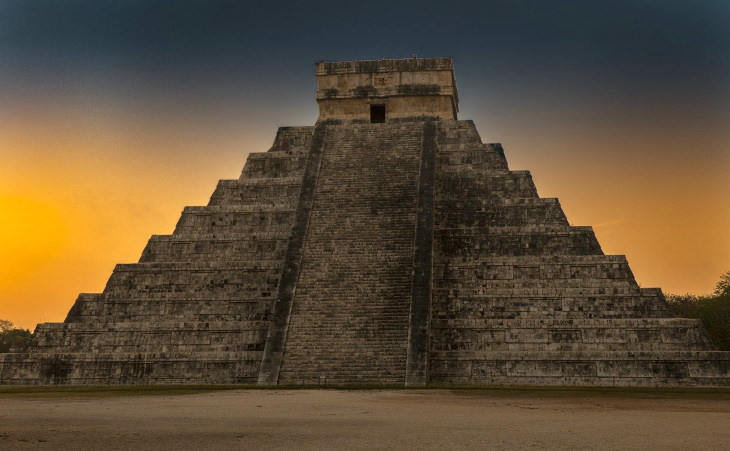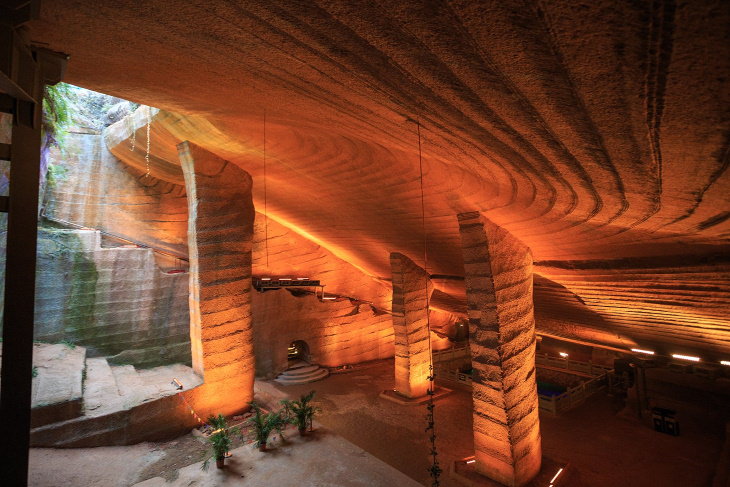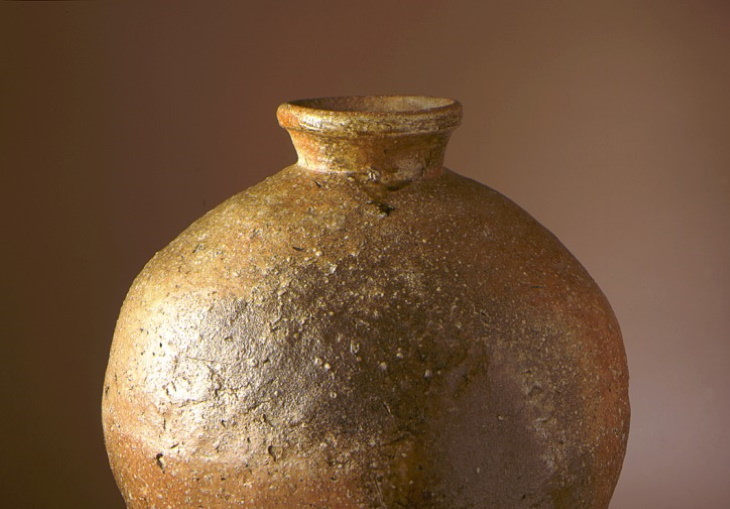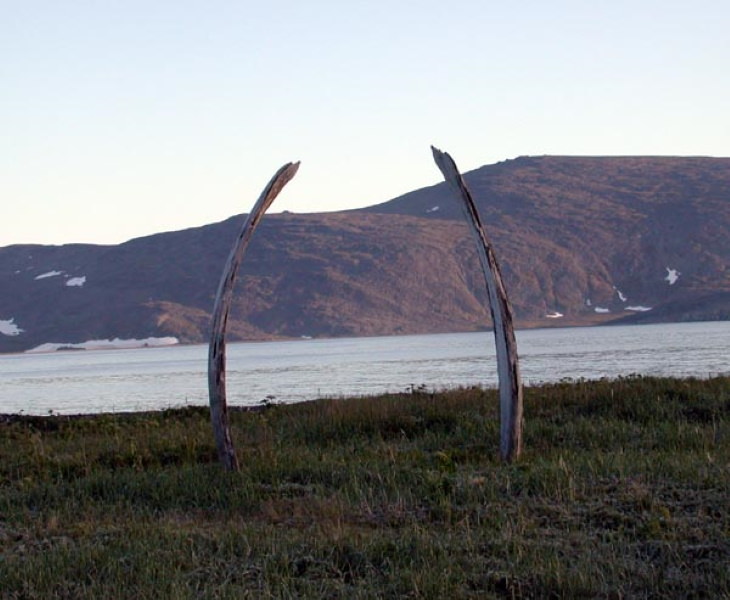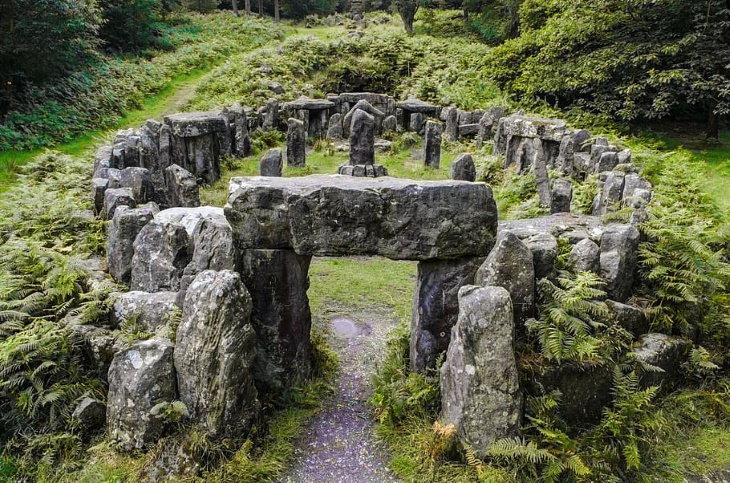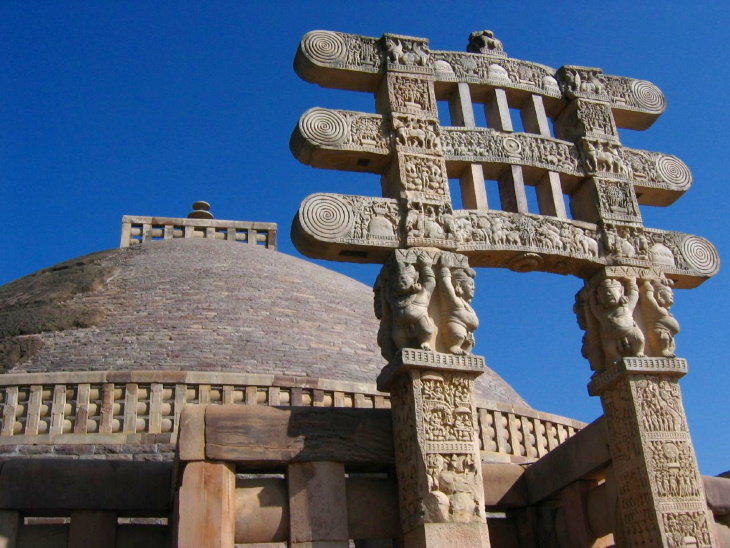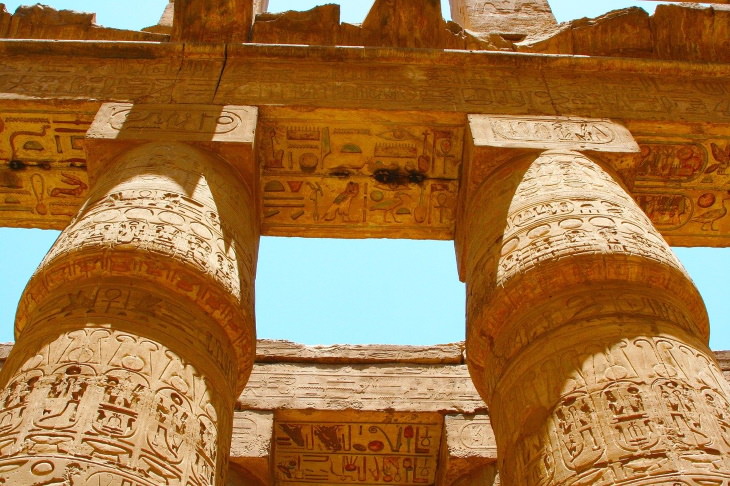1. There are more pyramids in Sudan than in Egypt
Egypt is famous for the Great Pyramids of Giza, but the country isn't the one with the most pyramids. The country with the highest concentration of these triangular structures is Sudan, which has 220 pyramids. The Meroe pyramids, pictured above, were built between 300 BC and 300 AD and are part of the Nubian Pyramids of the ancient Kushite kingdoms.
2. The oldest wrapped mummies are not from Ancient Egypt either, they're from South America
Another famous feature of Ancient Egypt is mummies. And while Ancient Egyptians did have incredibly intricate mortuary rituals, they weren't the first to create wrapped mummies. In fact, a culture that resided in modern-day Peru and Chile thousands of years ago called the Chinchorro culture created mummies as early as 5050 BC, which is nearly 2.000 years before the oldest mummies in ancient Egypt!
3. Ancient Greeks and Romans found an effective plant contraceptive
Ancient Roman women used a plant called silphium as a contraceptive. The plant was extremely popular and was also used in medicine, perfume, and seasoning, as an aphrodisiac. The plant was so widely acclaimed that some ancient Roman coins even featured it. In fact, Ancient Romans loved and used this plant so much they drew it to extinction in the third or second century BC.
4. The first people to try chocolate were the Mayans
The Mayans invented chocolate, well, kind of, as at that time, dried cacao beans were roasted, ground up, and turned into a thick paste used to prepare a chocolate drink. They would also add spices, chili peppers, and honey to make the drink tastier. This early chocolate drink was so popular, nearly every household consumed it with every meal.
5. These manmade caves in China were discovered in 1992 and we have no idea who built them
The Longyou Caves aren't really caves, as all 24 of these interconnected sandstone caverns were created artificially at least 2,000 years ago. The caverns are located at Fenghuang Hill in the Zhejiang province of China, and they are huge, reaching up to 30 meters (98 ft) in height and covering the total area of 30.000 square meters (320.000 sq ft). The caves were accidentally discovered by farmers in 1992. There are no known previous recordings of the existence of the Longyou Caves and scientists have no idea who built them and why.
6. Between 300 BC and 300 AD, jar burials were the main mortuary tradition in Japan
Japanese Jar from the Muromachi period (early 15th century)
Historians uncovered entire cemeteries of highly-structured hierarchical jar burial grounds in Japan. This tradition is said to have been practiced for about 600 years, and it's actually not uncommon across the rest of the world, no matter how strange it may sound to us now. In fact, the practice was common at one time throughout the Middle East, India, and many countries in Southeast Asia.
7. There is an island in the Bering Sea with a multitude of whale bones stacked in curious shapes
Yttygran Island is located in the far reaches of Russia in the Bering sea. The northern shores of the island are scattered with a large number of carefully arranged whale bones, skulls, and stones - a site now known as Whale Bone Alley. Beluga whales are common in the area, and the local Yupik population engaged in considerable whale hunting to sustain themselves for centuries.
While some believe Whale Bone Alley was a shrine and the site for sporting contests, locals maintain it was simply a place where they would customarily store whale meat, as exemplified by a number of meat pits also found in the area.
8. There's a simple explanation why so little is known about druids
The ancient druid culture is so mesmerizing, in part, because it is so mysterious. And while we know that druids were once the philosophers, scholars, and religious leaders of Celtic tribes across Great Britain and France, very little is known about their religion and philosophy. This is because Druids didn't have a written language. Scientists believe that their religious doctrine prevented them from recording their knowledge in written form, resulting in virtually no written accounts of their culture.
9. The first rhinoplasties were conducted in Ancient India
India has a long-standing tradition of medicine and surgery that goes back to more than 4,000 years ago. One of the earliest surgeons in the country, Sushruta, is considered to be the inventor of the first-ever rhinoplasty at around 600 BC. What's even more fascinating is that his meticulous description of the operation is still relevant today.
10. The first toothpaste was invented in Ancient Egypt
The first toothpaste recipe was invented in Ancient Egypt. It consisted of rock salt, mint, pepper, and dried iris flowers crushed into a fine paste and mixed with a bit of water. Just like modern-day toothpaste, Ancient Egyptians incorporated mint and other herbs to get fresh breath.
Share this article with your history-loving friends!


